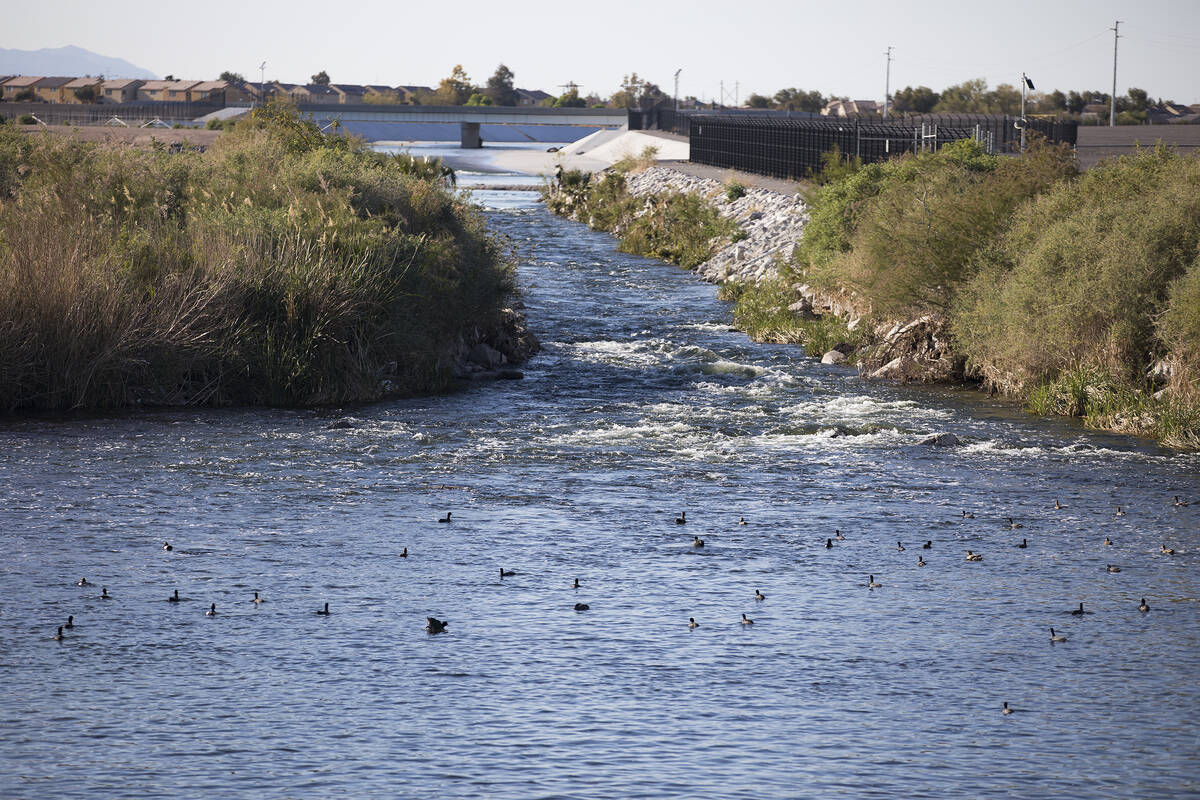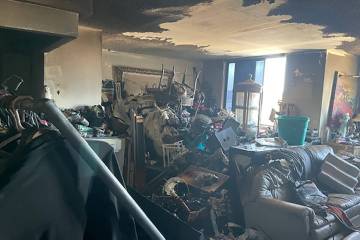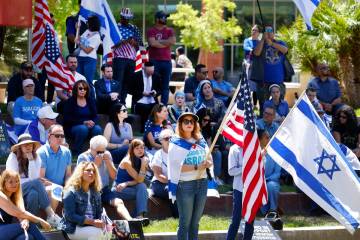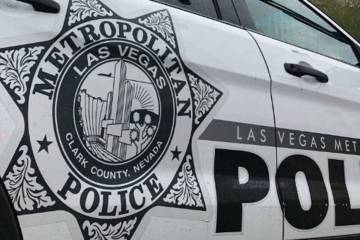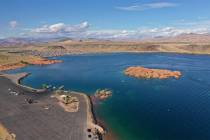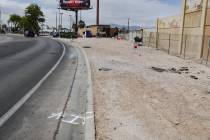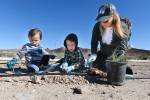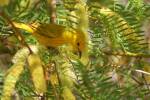New funds will help protect the water supply in the Las Vegas Valley
The Southern Nevada Water Authority has received $900,500 from the federal government to continue improvements on the Las Vegas Wash.
The restoration is part of a $36.1 million investment from the U.S. Department of the Interior, announced on July 5, to safeguard local water supplies across the West.
Improvements will mostly occur between the Pabco and Historic Lateral weirs — low-level dams — where the SNWA will focus on removing sediment, fortifying banks and revegetating the area.
The SNWA expects engineering efforts to begin before the end of the year and construction efforts to start by the first half of 2023.
The Las Vegas Wash is the “final link” for returning water from the Las Vegas Valley to Lake Mead. The wash carries over 200 million gallons of water a day back to Lake Mead from the valley, including treated wastewater, stormwater, shallow groundwater and urban runoff.
Since the Las Vegas Wash Coordination Committee was formed in 1998, the 28-member committee has implemented an adaptive management plan for the wash to protect water quality and wildlife health.
They’ve built 21 weirs along the wash to slow its flow. They’ve also stabilized 13 miles of the bank to limit erosion.
“The wash is in much better condition today than it was two decades ago,” Bronson Mack, an SNWA spokesman, said.
Before the erosion-control measures were in place, water flowed quickly through the wash, eroding its banks and transporting sediment to Lake Mead. When the water reached the slow-moving lake, the sediment would drop out and accumulate in areas of Lake Mead like Las Vegas Bay. This sediment accumulation had serious implications for water quality and wildlife health in the lake.
The efforts to stabilize the wash have reduced the number of suspended solids in the water by 60 percent, and the wash is no longer listed in the Nevada Division of Environmental Protection’s impaired waterways.
The Las Vegas Wash Coordination Committee has also worked to remove the invasive, water-guzzling saltcedar (also known as tamarisk). In the 1980s and ’90s, saltcedar took over the wash as the wetlands declined, choking out the native plants. At its peak, saltcedar represented 80 percent of the vegetation on the wash and covered 1,500 acres.
After ongoing management efforts, saltcedar occupies only 25 acres on the wash. In its place, land managers have planted native species like creosote bush and Fremont’s cottonwood.
These native plant species in turn provide habitat for wildlife like the federally endangered southwestern willow flycatcher and federally threatened yellow-billed cuckoo, which have been observed using the wash. Since 2005, biweekly bird counts have uncovered 240 bird species at the wash.
In addition to birds, the wash supports small mammals, bats, snakes, amphibians and a host of invertebrates. “If you want to see Mojave desert wildlife in action,” Mack says, “go out to the Las Vegas Wash early in the morning. You’re guaranteed to see all kinds of wildlife.”
The wash has benefits for recreators, too. People can visit the Clark County Wetlands Park and the Henderson Bird Viewing Preserve to observe the wash and the wetlands habitat that it supports.
Ultimately, Mack says the SNWA wants the wash to protect water resources and wildlife populations while also providing some value to the local community. “[The wash] has a rich level of biodiversity. It’s important that our community continues to manage it.”
Colton Poore is a 2022 Mass Media reporting fellow through the American Association for the Advancement of Science. Email him at cpoore@reviewjournal.com or follow him on Twitter @coltonlpoore.



